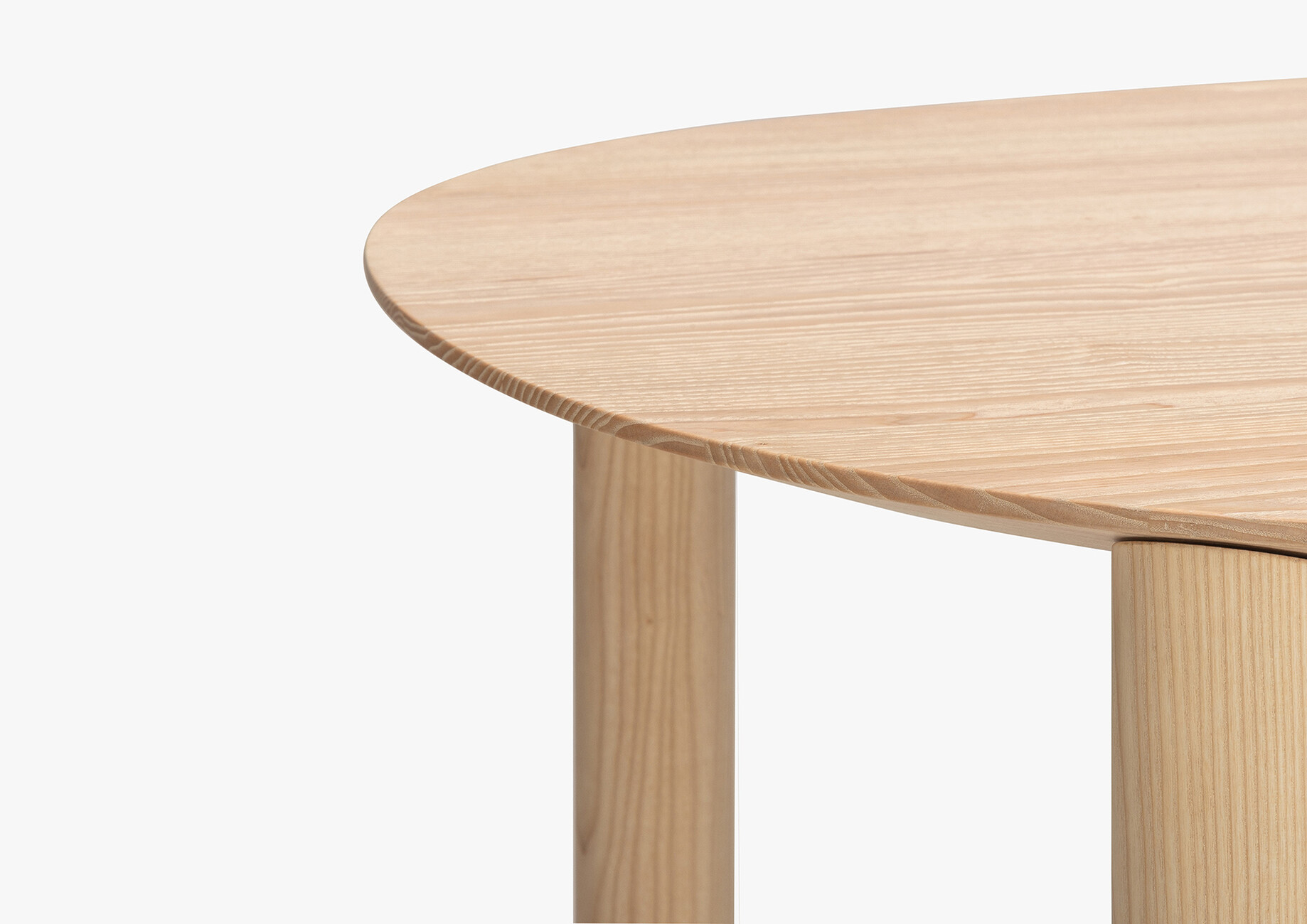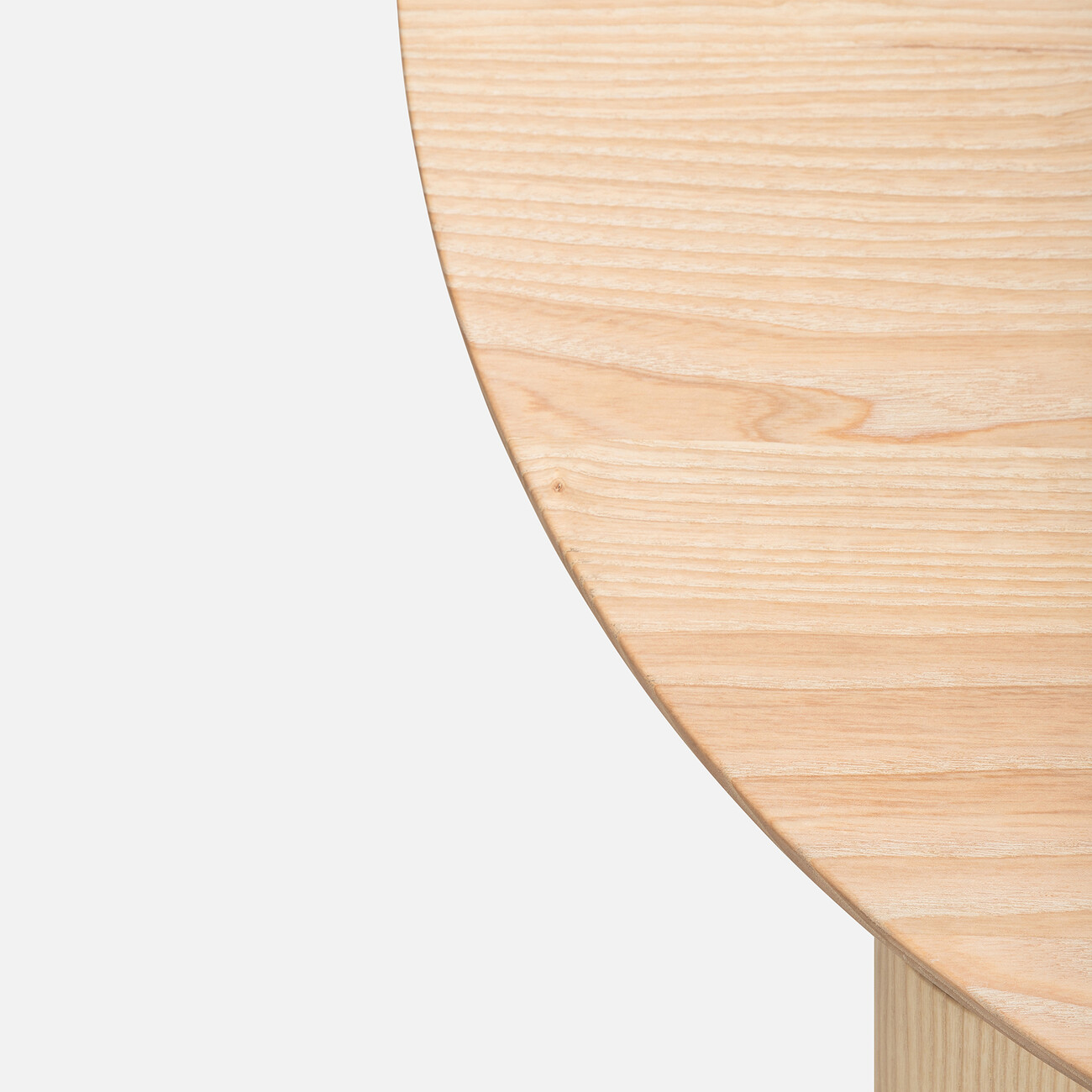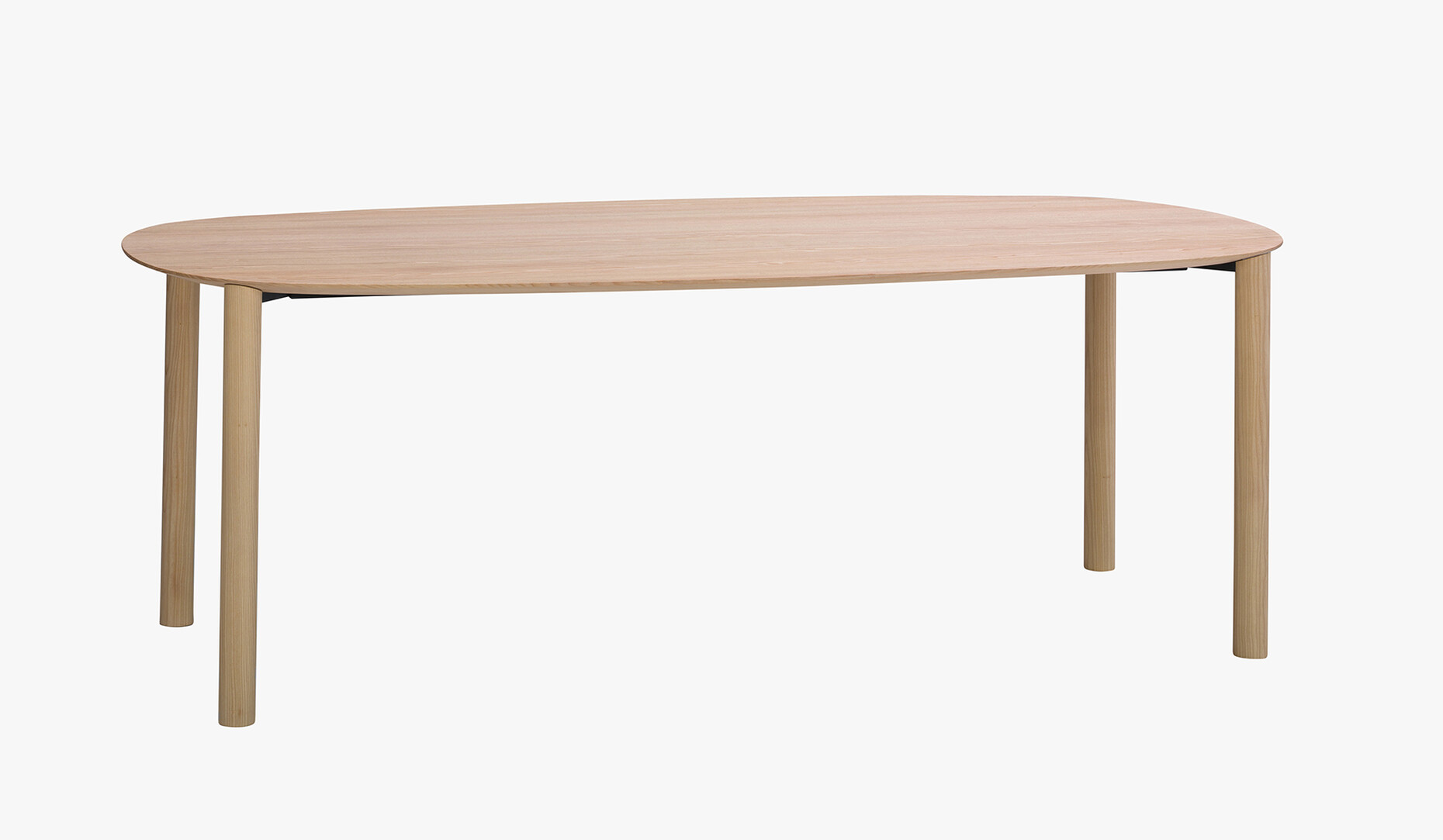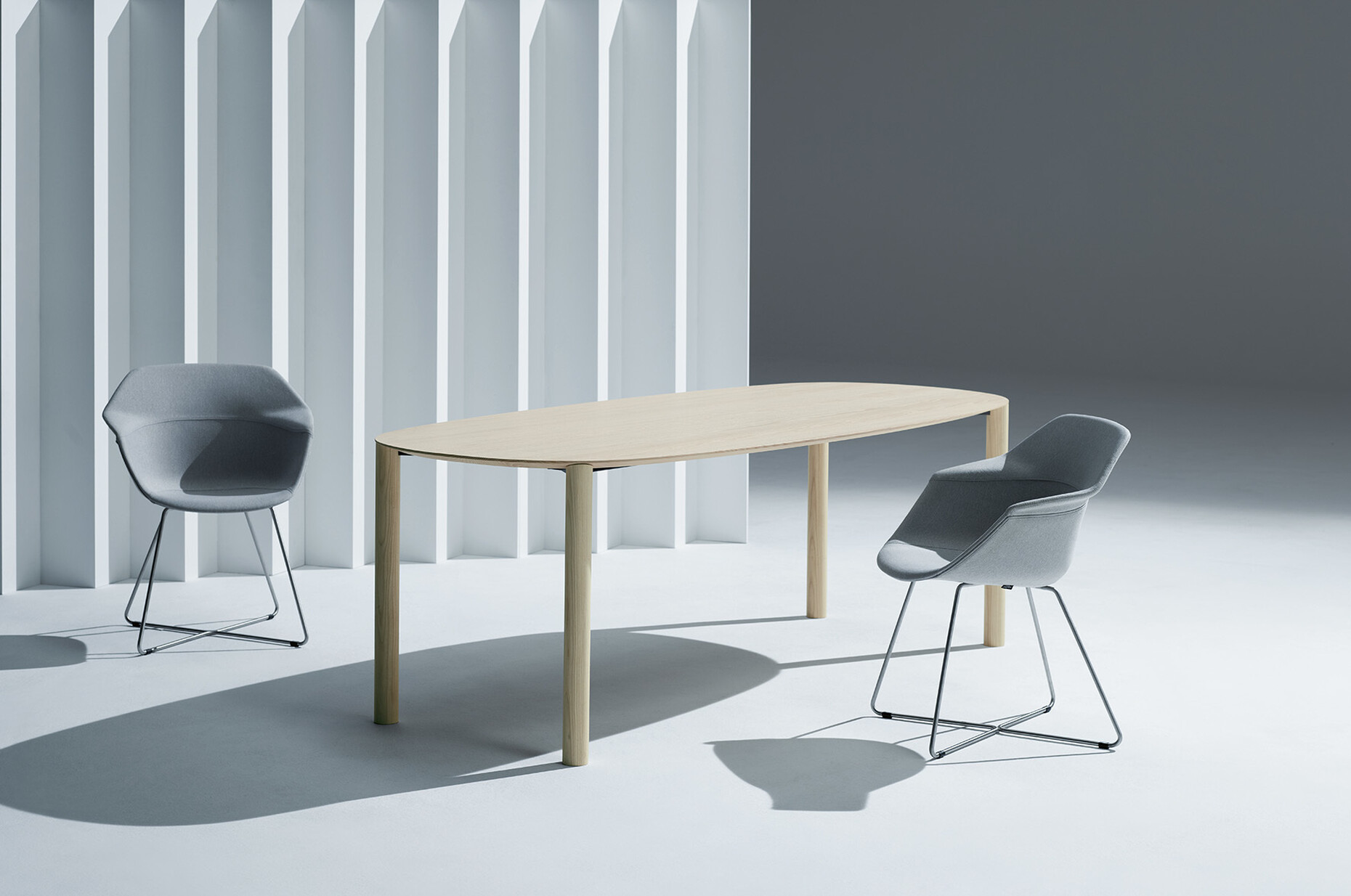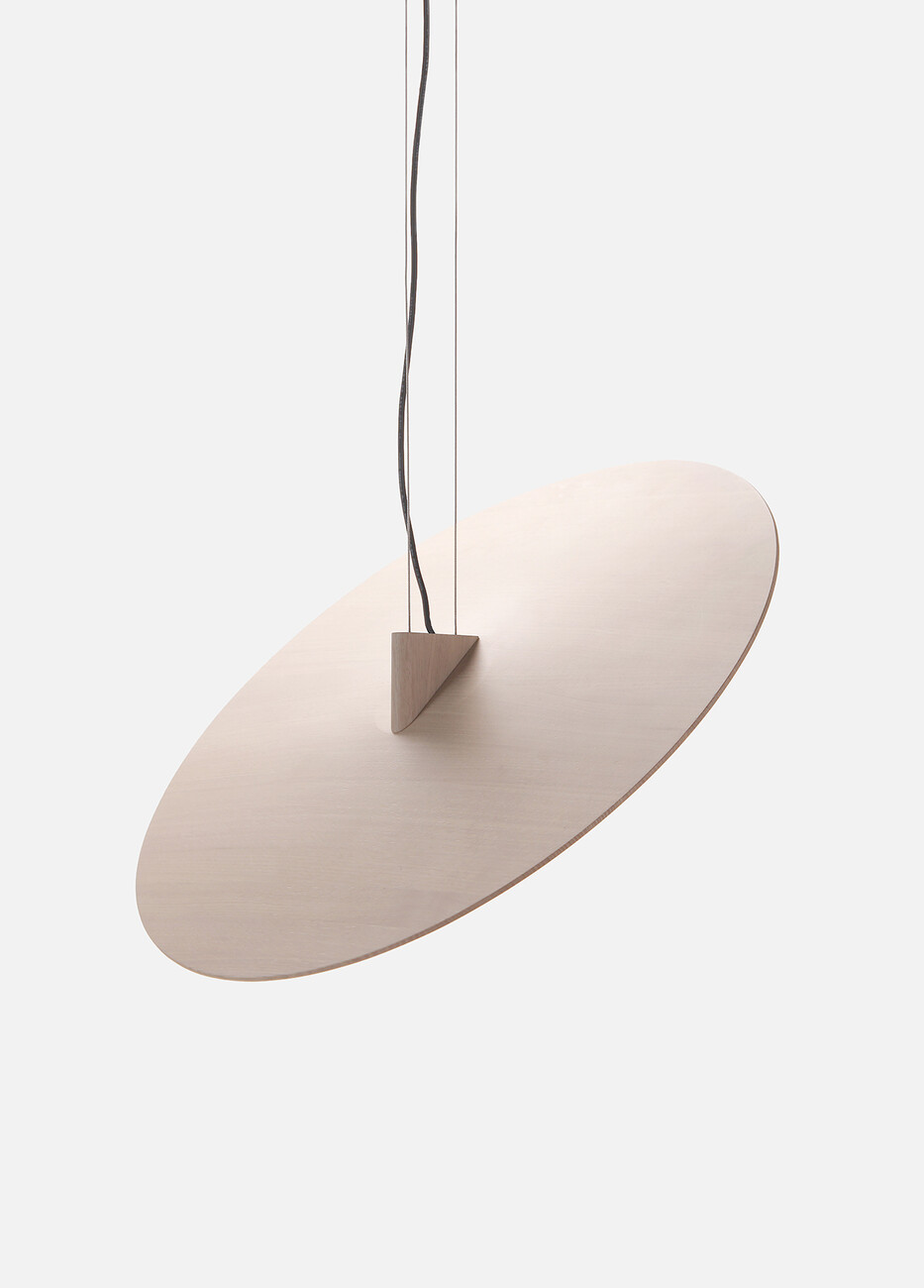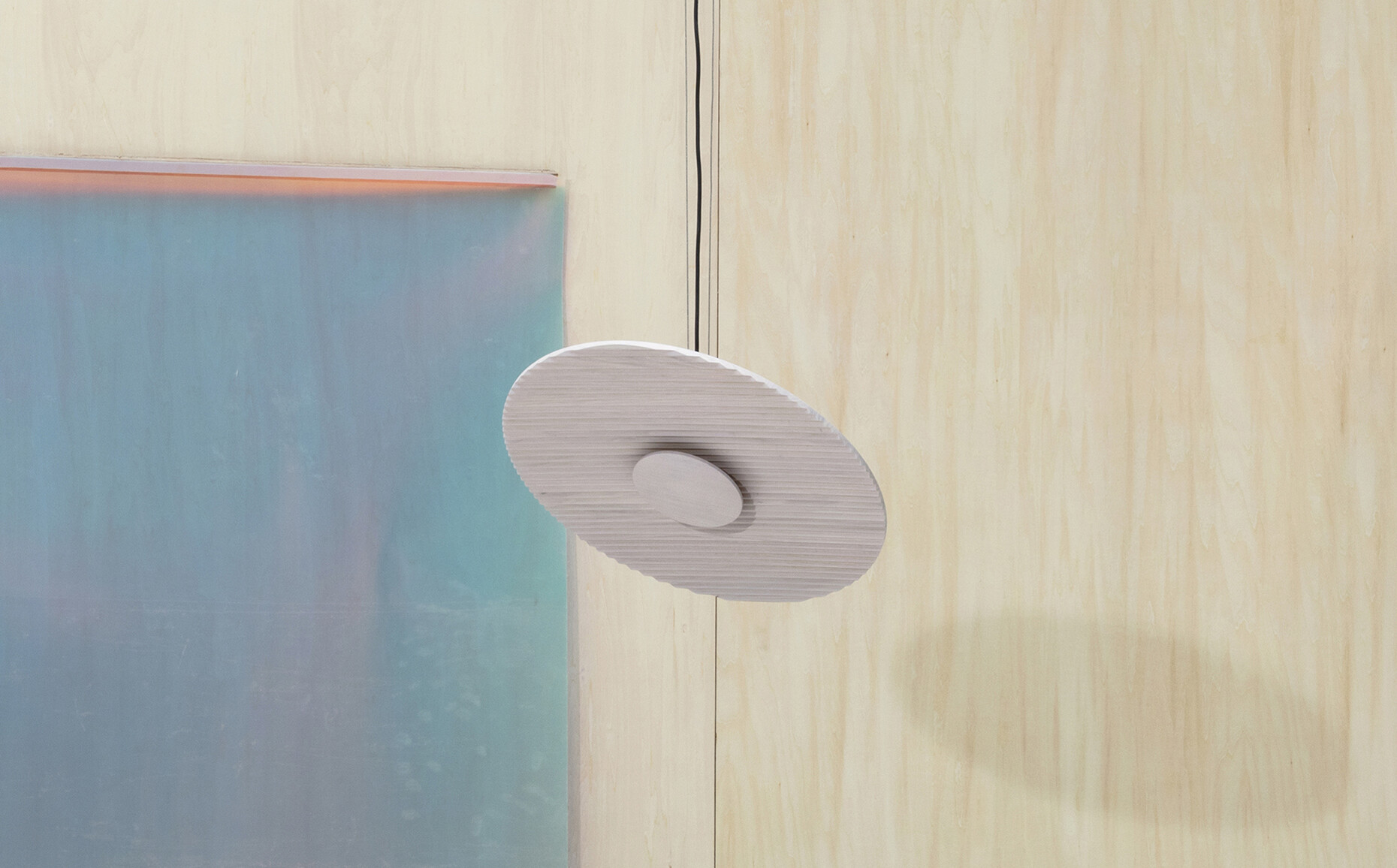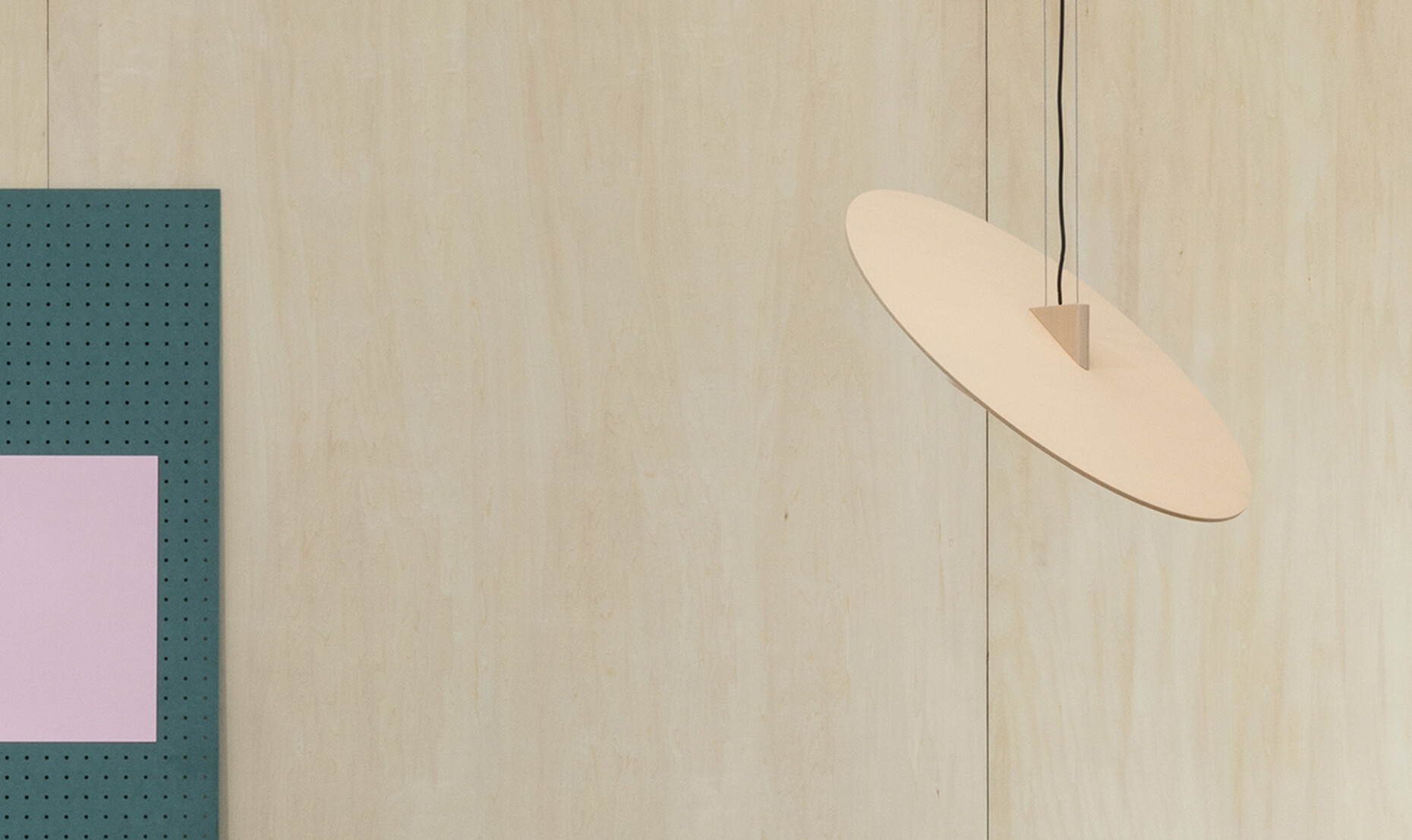PORTRAIT
Harmony in contrast
The prelude to his search for balance in design came with the different approaches involved in his studies at the École Cantonale d’Art de Lausanne (ECAL) and the Design Academy Eindhoven: “At that time I was alternating between clean lines and a delight in adventure, and that’s something I try to preserve for myself,” says Bähler. At the same time, he never stops learning and works a lot, he says, as challenged once during his entrance interview by the late Pierre Keller, Swiss artist and former director of the ECAL, who told him "At the ECAL, we work hard!". “Acquiring new knowledge provides constant motivation for design,” Dimitri Bähler tells, adding that he is fascinated by the process of getting from sketch to the tangible object, by those rapid strokes that give shape and flesh to an idea. “If I can’t detach myself from a sketch, then that’s generally a sign that I should leave it at that". Digital 3D versions, mock-ups, renderings and prototypes follow.
The final results include the standard lamp “Cho Light” for Established & Sons, which Dimitri Bähler presented at the Salone del Mobile in Milan in 2018. Japanese washi paper, shaped into a round lampshade and a carbon-fiber rod, are shaped to create this luminaire. And have the benefit of being flexible, so it becomes dynamic when touched and gently swings to and fro. Or the “Touch” side table for Moustache, for which the young designer combined handcrafted ceramics with the use of 3D software. The surface of the table, which is available in three different sizes and heights, may be ridged, smooth, or dynamic with a pattern that resembles fingerprints. This is combined with a smooth color graduation through to an intense yellow at the bottom, or one color only ranging from radiant white, nude or black through to gleaming royal blue. Each of the tables functions without the ensemble too, and is therefore both a single piece and a team player at the same time. “I love to explore possibilities,” says Bähler.
For Atelier Pfister’s 2019/2020 collection, whose products were curated by Alfredo Häberli, he designed the “Malleray” wooden table. “Neither round nor angular”, was the brief from Häberli, and Bähler solved the task with cylindrical legs directly attached to an elliptical, slightly chamfered tabletop. Various geometric forms come together in one, a plumb between extremes. In addition to his testing boundaries, versatility is another feature of Bähler’s portfolio, hence his current projects are a combination of experiment, technology and craftsmanship: From working with porcelain and glass to researching fire-proof materials to the development of a set of limited objects featuring the “urushi” Japanese lacquering technique. “I think it’s important to preserve the element of wonder I feel in my work,” he says.

